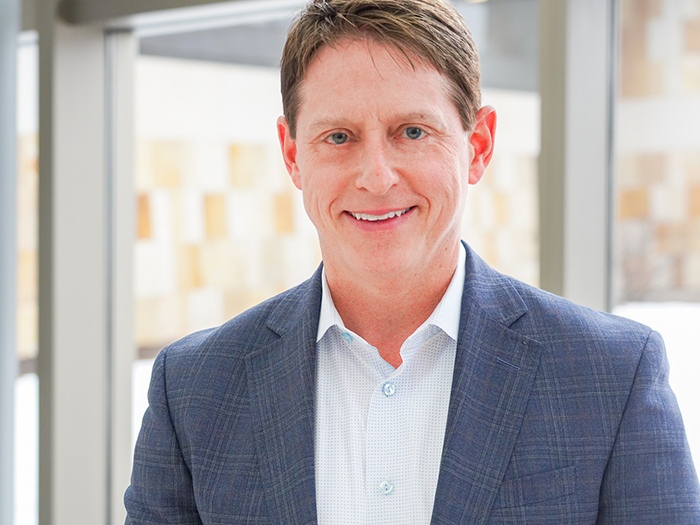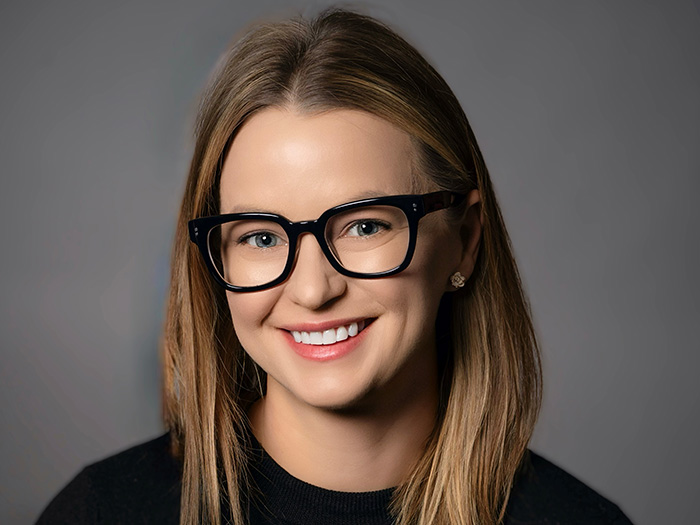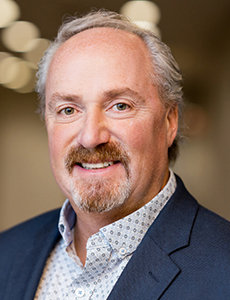HUB’s 2025 Nonprofit Summit: Church Mutual’s Jeff Zehr

At the recent Nonprofit Summit held by HUB International in Philadelphia, Dan Reynolds, editor in chief of Risk & Insurance, sat down with Jeff Zehr, Senior Vice President, Underwriting, Admitted, Church Mutual Insurance. What follows is a transcript of that discussion, edited for length and clarity.
Risk & Insurance: Thanks for meeting with us Jeff, what are the current insurance market dynamics affecting nonprofits?
Jeff Zehr: The insurance market for nonprofits is complex, constantly evolving, and full of challenges—but nonprofits themselves are incredibly resilient. Right now, they’re facing a tough risk environment, along with broader societal and economic pressures. Many are seeing rising premiums and fewer coverage options.
The biggest headwinds are in casualty lines like Auto and General Liability, especially for organizations with large fleets, daycares, abuse exposures, or affordable housing. Carriers are watching casualty loss trends closely, driven in part by the legal abuse system and difficult jurisdictions. Defending lawsuits and dealing with jury verdicts is a growing concern across the industry.
One of the challenges is that nonprofits are incredibly diverse, yet they’ve often been treated with a one-size-fits-all approach when it comes to underwriting. That doesn’t work anymore.
On top of that, nonprofits are dealing with funding pressures, employee burnout, and even threats to their tax-exempt status—all of which make it harder to focus on risk management.
Despite all this, our nonprofit practice—led by Elisabeth Aleman—is energized by the opportunity to help nonprofits navigate this landscape. We’re taking a more specialized underwriting approach, offering tailored coverages and services. We’re confident in our ability to grow this portfolio profitably. Right now, we’ve identified over 200 nonprofit classes that fit our appetite, and our team is very intentional about managing the portfolio by class, line, and geography. Some of the areas we’re targeting for growth include Arts, Culture, Humanities, Community Services, Youth Development, Philanthropy, Food Banks, and Trade Associations.
Our goal is to go deeper in underwriting—really understand the nature of the services nonprofits provide, help them tell their story, mitigate risk, and improve their risk profile so they’re more insurable. Our distribution partners, especially those who specialize in the nonprofit space, can add tremendous value. We’re excited to bring all our business units together to support this effort.
R&I: What emerging risks beyond social inflation and climate change should nonprofit risk managers monitor, especially given their limited resources?
JZ: On the property side, the market has really stabilized — it feels much more balanced than it did a couple of years ago. But liability is still the big concern, and every carrier has this problem to varying degrees. That’s where carriers are setting money aside, because those claims can take years to develop.
For nonprofits, the vital services that these organizations provide are broad and range from homeless shelters to mental health to the intellectual and development disabilities community (IDD). Dealing with human lives means that the exposures stakes are higher as respects care and negligence. Loss trends escalating from these claims often pertain to bodily injury for policies written years ago when pricing wasn’t adequate, and limits were more abundant. The market is more disciplined now, with capacity and limits better aligned, but the echoes of the past are still being felt.
If you look at specific lines, commercial auto continues to be one of the toughest for nonprofits. Those with large fleets in urban areas, transporting clients in vans or vehicles with wheelchair lifts, face real difficulties. And when staff use their own vehicles to drive clients, that creates additional exposure.
In general liability, we’re seeing more nuclear verdicts, inconsistent results depending on the jurisdiction, and greater attorney involvement. Sexual misconduct liability also remains front and center, with less capacity in the market. That makes it critical for nonprofits to have strong policies, procedures, and daily practices to manage that risk.
And finally, workers comp. It’s been relatively stable, but we’re watching it closely. State rates have declined, while medical costs, wage inflation, aging workforces, and overwork are all pushing exposures up. For larger nonprofits with diverse services and staff in the field, this could be the next tough area. Risk management adjustments will be needed, particularly in human services
R&I: What mitigation efforts are gaining traction in that difficult area of commercial auto?
JZ: Commercial auto is one of the areas where we’re spending a lot of time with nonprofits as risk control adoption is essential. For us, a ‘larger fleet’ means 25 or more vehicles, and that’s where the exposures really start to multiply.
It begins with the basics: knowing who your drivers are, reviewing their records, and making smart decisions about who should be behind the wheel. From there, having the right tools in place makes a difference — things like clear driver selection guidelines, a safe driving policy, and an accident investigation process.
Telematics and fleet maintenance programs are critical, too. But I’ll say this: it’s not enough to just have those policies written down. The controls developed must be practiced. We’ve seen situations where procedures existed on paper but weren’t followed, and when a serious accident happens, that’s exactly what comes out in an investigation.
So, our focus is on the fundamentals: driver safety, telematics, and fleet maintenance. Those are table stakes for nonprofits with larger fleets, especially in tougher jurisdictions. And the reality is, the market doesn’t have much appetite for stand-alone auto anymore. We have also been seeing strong discipline around umbrella limits. This isn’t new to the industry, but nonprofits have been slower to react and auto continues to be a loss leader that needs constant attention.
R&I: What two or three things should nonprofits prioritize to make themselves more insurable?
JZ: For Church Mutual, insurability really starts with the underwriting narrative on how the insured manages risk. It’s about their culture — how seriously they take controls, how consistent they are with policies and procedures, and whether that mindset is part of their everyday operations.
That can be a challenge, because in many nonprofits, the person handling insurance may be wearing a lot of hats. Sometimes it’s even a volunteer. So, what we’re looking for is evidence that risk management isn’t just a “check the box” but instead a framework built into the organization through clear adoption of practices.
If I had to pick two priorities, I’d say first: develop a real risk management culture. And second: adopt risk control measures that are not only documented but closely followed with proper employee training. A lot of nonprofits just don’t realize where their exposures are, so awareness and education go a long way.
From an underwriting perspective, we know very few nonprofits are perfect — most don’t have a full-time risk manager. That’s okay. What makes the difference is how willing an organization is to engage, share information, and work collaboratively on solutions. The nonprofits that present a proactive risk management culture, transparency, and a real focus on improvement are always the ones who stand out as more insurable. Engagement and understanding this full story support the art of underwriting.
R&I: Any other trends or top-of-mind issues in the nonprofit sector that our readers should be aware of?
JZ: One of the biggest challenges we’re seeing right now is the legal environment. The abuse system and social inflation are particularly relevant to nonprofits, especially in human services. These organizations often work with children or transport people with disabilities, and that creates significant liability exposure.
Litigation overall has become much tougher. A recent Sedgwick study showed that the percentage of litigated claims has jumped by 35%. On top of that, attorney involvement is happening faster — for general liability bodily injury claims, nearly three out of four have an attorney involved within the first two weeks. And when a claim goes to litigation, the costs can be staggering — as much as 30 times higher than non-litigated claims. Add in nuclear verdicts and even outside investment funds backing litigation, and you can see why this is such a challenge for nonprofits and their insurers.
At Church Mutual, we’re working with groups like the American Property Casualty Insurance Association to advocate for stability in the commercial insurance marketplace. We’re also very focused on helping nonprofits understand these risks and think carefully about what limits are appropriate to protect their assets. And when claims do happen, speed really matters — engaging immediately, not letting cases sit. We’ve found that with thoughtful preparation, defendants can and do win in court. But it takes commitment and discipline to get there.
So yes, the legal system is putting real pressure on capacity and reinsurance, but we also see opportunities. With education, advocacy, and strong partnerships, nonprofits can navigate these risks more effectively.










